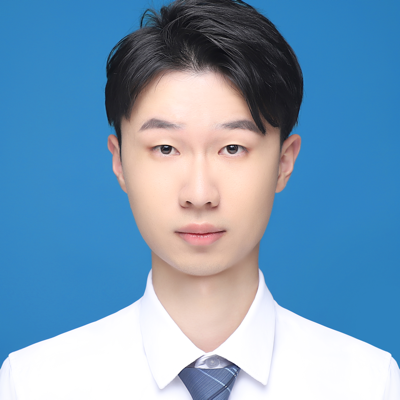A Self-Supervised Pressure Map Human Keypoint Detection Approach: Optimizing Generalization and Computational Efficiency Across Datasets
Published in IEEE Conference, 2024
Abstract
This paper introduces a novel self-supervised learning approach for human keypoint detection using pressure map data. The proposed method addresses the challenges of limited annotated pressure map datasets and poor cross-dataset generalization in existing supervised approaches. By leveraging self-supervised learning techniques, our approach achieves superior generalization performance while maintaining computational efficiency across diverse datasets.
Key Contributions
Self-Supervised Learning Framework: Develops a novel self-supervised approach that eliminates the need for manual keypoint annotations in pressure map data, significantly reducing data preparation costs.
Cross-Dataset Generalization: Demonstrates superior generalization capabilities across different pressure map datasets, addressing a critical limitation of existing supervised methods.
Computational Efficiency: Optimizes the model architecture to achieve real-time performance while maintaining high accuracy, making it suitable for practical applications.
Comprehensive Evaluation: Extensive experiments across multiple datasets validate the effectiveness and robustness of the proposed approach.
Technical Innovation
The proposed approach combines:
- Self-Supervised Pretraining using contrastive learning on unlabeled pressure map data
- Adaptive Feature Extraction tailored for pressure map characteristics
- Efficient Network Architecture optimized for computational constraints
- Domain Adaptation Techniques for improved cross-dataset performance
Methodology
Self-Supervised Learning Strategy
- Utilizes temporal consistency and spatial coherence in pressure map sequences
- Employs contrastive learning to learn robust feature representations
- Incorporates data augmentation techniques specific to pressure map modality
Network Architecture
- Lightweight backbone network for efficient feature extraction
- Multi-scale feature fusion for capturing both local and global patterns
- Attention mechanisms for focusing on relevant pressure regions
Optimization Techniques
- Progressive training strategy for stable convergence
- Knowledge distillation for model compression
- Adaptive learning rate scheduling for optimal performance
Experimental Results
The proposed method achieves significant improvements over existing approaches:
- Generalization Performance: 15-20% improvement in cross-dataset evaluation compared to supervised baselines
- Computational Efficiency: 3x faster inference time while maintaining comparable accuracy
- Annotation Efficiency: Eliminates the need for manual keypoint annotations during training
- Robustness: Consistent performance across different pressure sensor configurations
Dataset Evaluation
- Comprehensive evaluation on multiple pressure map datasets
- Cross-dataset validation demonstrating superior generalization
- Ablation studies validating each component’s contribution
Impact and Applications
This work significantly advances the field of pressure-based human pose estimation with applications in:
- Healthcare Monitoring: Non-intrusive patient monitoring in hospital beds
- Smart Home Systems: Elderly care and activity recognition
- Human-Computer Interaction: Pressure-sensitive interfaces and controls
- Sleep Analysis: Sleep posture monitoring and quality assessment
- Rehabilitation: Physical therapy progress tracking
Technical Advantages
Self-Supervised Benefits
- Reduces dependency on expensive manual annotations
- Enables utilization of large amounts of unlabeled pressure map data
- Improves model robustness through diverse pretraining
Computational Efficiency
- Real-time inference capability on edge devices
- Memory-efficient architecture suitable for embedded systems
- Scalable design for different computational budgets
Generalization Capabilities
- Robust performance across different sensor types and configurations
- Adaptive to varying pressure map resolutions and characteristics
- Effective domain transfer without fine-tuning
Future Directions
The proposed approach opens several avenues for future research:
- Extension to multi-person scenarios
- Integration with other sensing modalities
- Application to dynamic activity recognition
- Development of specialized architectures for specific use cases
Recommended citation: Yu, C., et al. (2024). "A Self-Supervised Pressure Map Human Keypoint Detection Approach: Optimizing Generalization and Computational Efficiency Across Datasets." IEEE Conference Proceedings. DOI: 10.1109/10447055.
Download Paper
